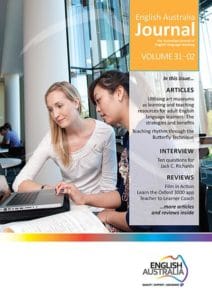Submitted by Rodney and Graham, UK/Hong Kong
Sequencing activities are those in which learners are presented with a text that has been altered in terms of the sequence of elements, including paragraphs, sentences within paragraphs, clauses within sentences, and words and phrases within clauses. Sequencing activities guide the learners to notice and to explore either (a) grammatical or lexical features in texts that give information about the sequence of elements (e.g. articles, pronouns and conjunctions) or (b) larger patterns of textual organization’. The general procedure involved in sequencing, are as follows.
- Choose a text or series of texts and change the sequence of some of the paragraphs or sentences within paragraphs or of certain elements within sentences.
- Have students work out what the original sequence might have been in one text or a portion of one text through noticing a particular grammatical feature or set of grammatical features.
- Work with the students to explore further the kinds of grammatical features that can be used as clues to help determine the original sequence and why the original sequence is
- Have the students practice this procedure on their own with the rest of the text or another similar text.
Further reading: Jones RH, Lock G (2011) Functional Grammar in the ESL Classroom: Noticing, Exploring and Practicing. New York: Palgrave Macmillan.
 – currently studying at the
– currently studying at the 
